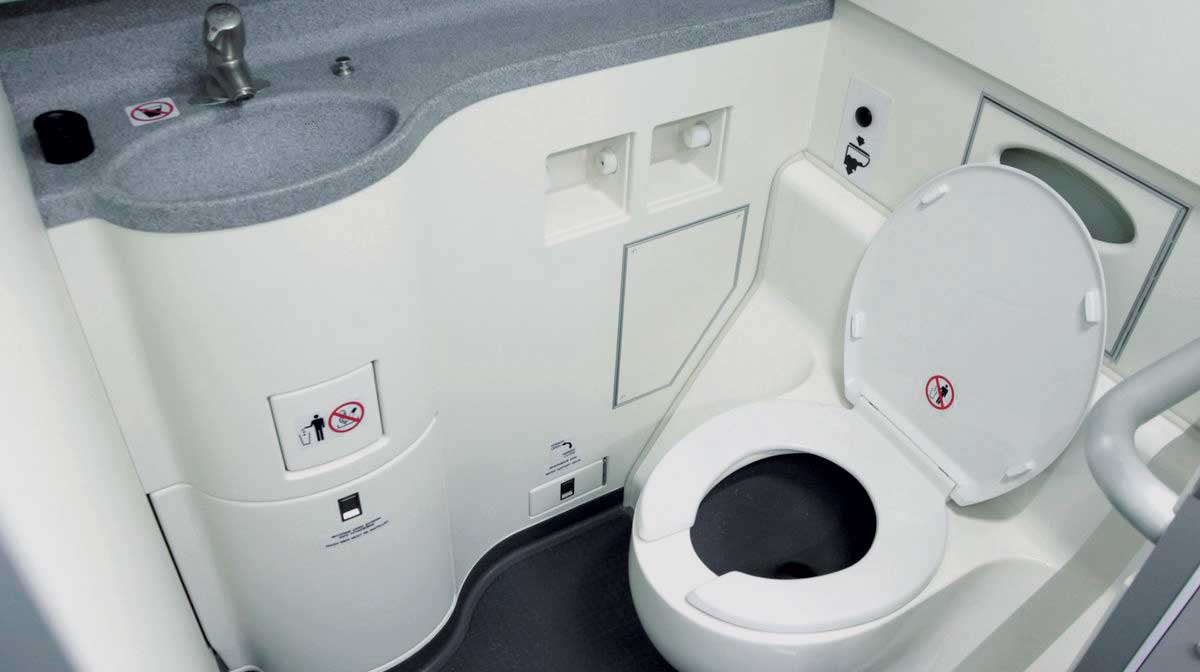

Researchers from the Brigham Young University have successfully made a prototype of an airline toilet that is much quieter than normal airplane commodes. The design will soon be available to the public. ( Ethan McArthur | Unsplash ) Airline flyers are familiar with how intense an airplane toilet sounds when flushed but thanks to the BYU researchers, the problem will soon be resolved. It took two years, three academic publications, and endless toilet flushing before the researchers from Brigham Young University came up with a design for a vacuum-assisted toilet, which they claim is significantly quieter from a normal airplane toilet.
The ear-piercing sound of an airplane commode is a persistent problem ever since the first plane took flight. Even though airlines have always had standards when it comes to toilet noise, no one in the industry have ever really made an effort to alleviate the problem in the last 25 years. This posed a serious problem for the researches, as the vacuum-assisted toilet hasn’t seen much improvement and innovation. Until now, airline toilets have been using partial-vacuum technology, as it’s the only way for a toilet to flush with little water needed. Fitting a normal toilet inside an airplane is another problem of its own because of added weight and fuel costs.
Because newer airplane models usually come with quieter cabins, the sound of the toilet flush is much more reverberating and disturbing to passengers. To solve the problem, the researchers first identified the main aspects of how airplane toilets work. In their research, they discovered they have to add a little distance from the opening of the toilet to the flush valve in order to reduce how readily the sound travels throughout the toilet. Another solution is to soften the pipe angles of the bowl. Regular pipes almost always cut at a 90-degree angle. Therefore, they have designed piping with a gradual trend, which they said, reduces the sharpness of the noise.
Oman Observer is now on the WhatsApp channel. Click here



